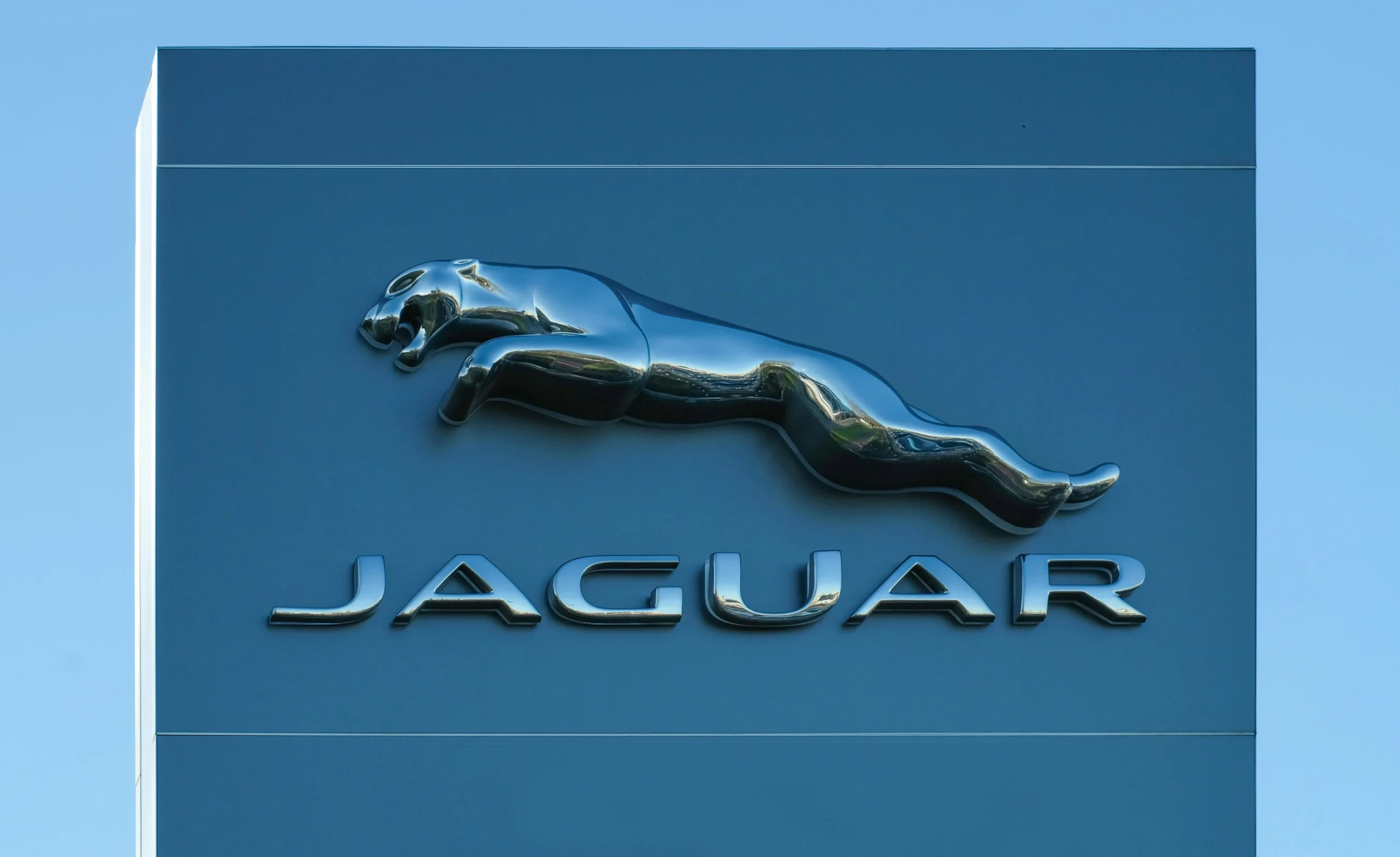The Basics of Branding: Positioning and Identity for the Brand
Did you know that consistent brand presentation across all platforms can increase revenue by up to 33%? This powerful statistic highlights the crucial role of branding in business success. At ALMAX Design Agency, we understand the significance of effective branding and are here to guide you through the essentials of positioning and identity for the brand. In this article, we will delve into the fundamentals of branding, focusing on how to position and create a strong identity for the brand effectively. We’ll cover everything from defining brand identity and crafting memorable logos to understanding brand positioning and developing a unique selling proposition. Whether you’re a startup or an established business, mastering these basics will set you on the path to building a robust and cohesive brand.
Brand Overview
Before diving into the details, it’s essential to understand what a brand is and why it matters. A brand is more than just a name or logo; it is the perception that customers have of your business. It encompasses your values, mission, visual elements, and the emotional connection you establish with your audience. Building a strong brand ensures that your business stands out in a crowded market and fosters customer loyalty.
Defining Brand Identity: Core Elements and Importance
Brand identity is the foundation of your brand. It includes the name, logo, tagline, colors, typography, and overall design that represents your business. A well-defined brand identity helps create a consistent image and ensures that your brand is easily recognizable. It’s essential for the brand to have a clear and cohesive identity to establish trust and credibility with your audience.
Crafting Your Brand Name: Tips for Choosing the Right Name
Choosing the right brand name is a critical step in establishing your brand identity. Your name should be memorable, easy to pronounce, and reflective of your business values and offerings. Consider the following tips when selecting a name for the brand:
- Keep it simple and unique.
- Ensure it’s easy to spell and pronounce.
- Reflect the essence of your business.
- Check for availability and trademark issues.

Creating a Memorable Logo: Design Principles and Best Practices for the Brand
A logo is a visual representation of your brand and plays a crucial role in brand recognition. Here are some design principles and best practices to consider when creating a logo for the brand:
- Keep it simple and scalable.
- Use colors that reflect your brand’s personality.
- Make it versatile for different mediums.
- Ensure it’s timeless and avoids overly trendy elements.
Developing a Compelling Tagline: Capturing Your Brand’s Essence
A tagline is a concise phrase that encapsulates the essence of your brand. It should be memorable, evoke an emotional response, and communicate your brand’s unique value proposition. A strong tagline reinforces your brand identity and helps differentiate your business from competitors.
Understanding Brand Positioning: Key Concepts and Strategies for the Brand
Brand positioning is the process of placing your brand in the minds of consumers relative to competitors. It involves defining what sets your brand apart and why customers should choose you. Key strategies for effective brand positioning include:
- Identifying your target market.
- Understanding competitors’ positioning.
- Highlighting your unique benefits and features.

Market Research: Identifying Your Target Audience for the Brand
Market research is essential for understanding your target audience and their needs. By identifying demographics, preferences, and pain points, you can tailor your branding efforts to resonate with your audience. Effective market research ensures that your brand message aligns with what your customers are looking for.
Differentiation: Standing Out in a Crowded Market
Differentiation is about highlighting what makes your brand unique. Whether it’s your product features, customer service, or brand values, emphasizing your unique selling points helps you stand out. For the brand to succeed, it must offer something that competitors do not. This can involve unique features, superior quality, exceptional service, innovative technology, or any other aspect that sets the company apart in the eyes of consumers. The goal is to create a distinct and attractive market position that appeals to a specific target audience.
Why is Differentiation Important for the Brand?
- Competitive Advantage: Differentiation provides a competitive edge by making a company’s offerings more attractive than those of its rivals. This can lead to increased market share and customer loyalty. For example, Apple differentiates itself through innovative design and a seamless user experience, which helps it maintain a loyal customer base and command premium prices.
- Avoiding Price Wars: When products are perceived as similar, companies often compete on price, which can erode profit margins. Differentiation allows companies to compete on factors other than price, such as quality, features, or brand reputation. This can help maintain higher profit margins.
- Customer Loyalty: A differentiated product or service that meets specific customer needs can foster strong brand loyalty. Customers are more likely to stick with a brand that offers something unique that they value. For instance, Starbucks differentiates itself with its cozy coffeehouse atmosphere and personalized service, creating a loyal customer base.
- Brand Recognition: Effective differentiation helps build brand recognition and reputation. A strong, differentiated brand is more likely to be remembered and preferred by consumers. Coca-Cola, for instance, is recognized worldwide for its consistent brand image and association with happiness and sharing.
- Enhanced Value Perception: Differentiation can enhance the perceived value of a product or service. When customers perceive higher value, they are often willing to pay a premium price. Nike, for example, differentiates itself with high-performance athletic gear and endorsements from top athletes, justifying its higher price points.
- Innovation and Growth: A focus on differentiation encourages innovation as companies strive to offer something unique. This can lead to the development of new products, services, or business models, driving growth and market expansion.

Key Differentiation Strategies for the Brand
- Product Differentiation: Unique features, superior quality, or innovative technology. Example: Tesla’s electric cars use cutting-edge technology.
- Service Differentiation: Exceptional customer service or added value services. Example: Zappos’ exceptional customer service policies.
- Brand Differentiation: Strong brand identity and emotional connection with customers. Example: Disney’s magical and family-friendly brand experience.
- Price Differentiation: Offering products at a premium or discounted price based on perceived value. Example: Walmart’s low-price strategy versus Rolex’s luxury pricing.
Differentiation is crucial for business success as it helps companies stand out in a crowded marketplace, attract and retain customers, and achieve sustainable growth. By offering something unique and valuable, companies can create strong brand identities and secure a competitive advantage.

Unique Selling Proposition (USP): Defining What Sets You Apart
Your Unique Selling Proposition (USP) is the core of your brand positioning. It defines what makes your brand different and why customers should choose you. A strong USP communicates the unique benefits of your products or services and creates a compelling reason for customers to engage with your brand.
Aligning Brand Positioning with Brand Identity
Consistency is key when it comes to branding. Your brand positioning should align with your brand identity to ensure a cohesive message. This alignment builds trust and reinforces your brand’s values and promises to the audience.
Communicating Your Brand’s Message: Voice and Tone
Your brand’s voice and tone are crucial in conveying your message consistently across all communication channels. Whether formal, friendly, or playful, your brand’s voice should reflect its personality and resonate with your audience. Maintaining a consistent tone helps build a recognizable and trustworthy brand.
Visual Identity: Colors, Typography, and Design Elements
Visual identity elements like colors, typography, and design play a significant role in how your brand is perceived. Choose colors that evoke the desired emotions and align with your brand’s personality. Typography should be readable and reflect your brand’s style. Consistent design elements across all platforms enhance brand recognition.
Building Brand Consistency Across All Channels
Consistency across all marketing and communication channels is vital for strengthening your brand. Ensure that your visual and verbal identity is uniform on your website, social media, packaging, and advertisements. Consistent branding reinforces your brand’s image and helps establish trust with your audience.
Emotional Connection: Creating a Resonant Experience for the Brand
Creating an emotional connection with your audience can lead to greater brand loyalty. Share stories, values, and experiences that resonate with your customers. An emotionally engaging brand experience fosters a deeper connection and encourages long-term loyalty.
Brand Guidelines: Ensuring Uniformity and Cohesion
Brand guidelines are essential for maintaining consistency and coherence in your branding efforts. These guidelines outline the rules for using brand elements like logos, colors, typography, and messaging. For the brand to remain recognizable and trustworthy, adhering to these guidelines is crucial.
Best Branding Examples
Looking at successful brands can provide valuable insights and inspiration. Examples of brands like Apple, Nike, and Coca-Cola demonstrate the power of consistent and well-executed branding. These brands have built strong identities and positioned themselves effectively in the market, serving as benchmarks for best practices in branding.

Apple
Brand Identity: Apple’s minimalist design, innovative technology, and sleek, user-friendly products. Consistency: Consistent use of the Apple logo, clean design aesthetic, and a strong focus on innovation. Emotional Connection: Apple’s brand evokes feelings of simplicity, elegance, and cutting-edge technology. Positioning: Positioned as a premium brand offering high-quality and innovative products.
Nike
Brand Identity: Nike’s iconic swoosh logo, motivational slogans, and association with top athletes. Consistency: Uniform messaging across all platforms emphasizing performance and inspiration. Emotional Connection: The “Just Do It” campaign fosters a strong emotional connection with motivation and athleticism. Positioning: Positioned as a leading brand in sportswear and equipment, associated with top performance and excellence.

Coca-Cola
Brand Identity: Classic red and white logo, unique bottle shape, and timeless advertisements. Consistency: Consistent branding over decades, maintaining the same logo and visual identity. Emotional Connection: Coca-Cola’s branding focuses on happiness, sharing, and nostalgia, especially during holidays. Positioning: Positioned as a universally loved beverage, often associated with joy and togetherness.
Common Questions
What Does On Brand Mean?
Being “on brand” means that all elements of your marketing and communication efforts align with your brand identity and values. It ensures that everything from your visual elements to your messaging is consistent and reflects the essence of your brand. Staying on brand builds trust and recognition among your audience.
Conclusion: The Basics of Branding: Positioning and Identity for the Brand
Mastering the basics of branding, including positioning and identity, is essential for any business aiming to stand out and succeed in today’s competitive market. A well-defined brand identity and effective positioning strategy not only enhance brand recognition and loyalty but also drive business growth and customer engagement. From creating a memorable logo and compelling tagline to understanding brand positioning and differentiation, each element plays a crucial role in building a cohesive and powerful brand.
At ALMAX Design Agency, we are dedicated to helping you navigate the complexities of branding. Our expertise ensures that your brand not only resonates with your target audience but also achieves its full potential. Contact ALMAX today to see how we can help you on your branding journey.











